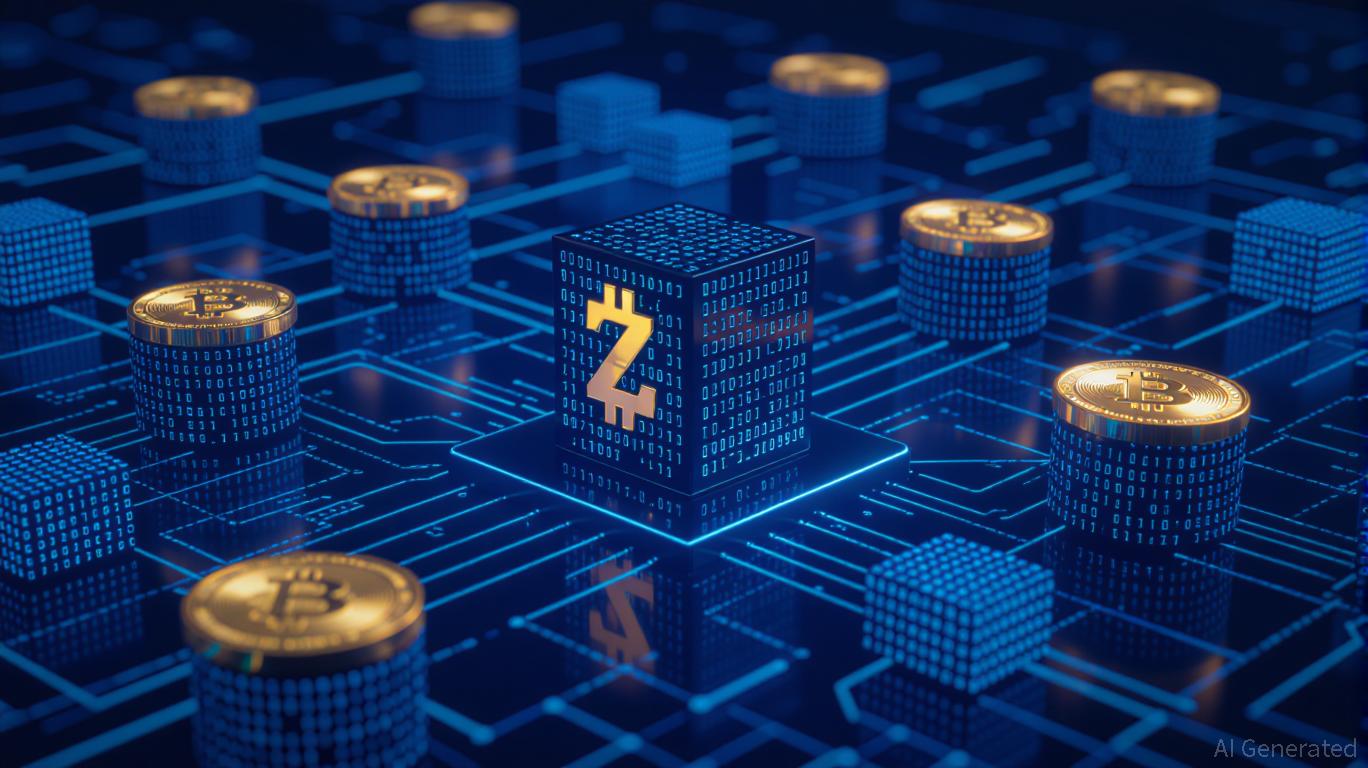Has the U.S. lost the AI race to China?
There’s an awful lot of hype surrounding AI, and even more capital behind it. AI data centers are propping up the U.S economy right now, accounting for over 1% of GDP. So when someone suggests the race may not be being won, or worse, that the AI race may be over, it makes people sit up in their seats.
That’s what Adam Livingston, author of The Bitcoin Age, claims: it’s already game over: China has pulled far ahead, not by out-coding the U.S., but by quietly cornering the one resource frontier AI needs most—energy, specifically nuclear power.
But how much truth is there to this narrative, and are things really so black and white?
Nuclear scoreboard: fact vs. fiction
Livingston highlights a striking disparity. China is currently building 16 nuclear power plants, while the United States has zero. He’s not far off with his numbers. As of late 2025, China has about 30 reactors under construction, with repeated yearly approval for more, making up nearly half the world’s new builds.
Some analysts say China aims to reach 65 gigawatts of nuclear capacity by the end of this year and 200 gigawatts by 2040 (roughly a tenfold growth).
By contrast, the U.S. completed its Vogtle 3 and 4 reactors after lengthy delays and cost overruns. Currently, there are no brand-new large-scale nuclear projects at the ground-breaking stage.
Yet, this isn’t the whole picture. For the first time in years, there are new plans for U.S. nuclear. Following recent executive orders and policy reforms, Westinghouse announced intentions to construct 10 big reactors by 2030. Work is expected to begin in the next few years.
However, regulatory hurdles, public skepticism, and the sheer complexity of nuclear buildouts mean execution is far from guaranteed, and actual new construction is not yet underway.
Energy: the real AI bottleneck?
Livingston poses an important question: Are we underestimating the role of pure energy in AI progress? Model training and inference have become ravenous for electricity.
Training frontier models like GPT-4 requires tens of megawatts, and data-center power demand in the U.S. is projected to more than double over the next decade (as much as 78 gigawatts by 2035).
Global data center energy consumption hit 415 terawatt-hours in 2024, forecast to double by 2030, with AI accounting for a growing share. So, in theory, nations that can deploy the most steady, carbon-free power will indeed have an advantage in the AI race.
China’s approach to industrial policy is direct, top-down, and aggressive. It has allowed it to ramp up nuclear construction rapidly, whereas American utilities have relied more on upgrades, license extensions, and slow, market-based activity.
But while China is advancing fast, the U.S. is also focused on improving efficiency and leveraging new technologies such as Small Modular Reactors (SMRs) and renewables to supplement its base.
Is the AI race already over?
Has “the funeral already happened,” as Livingston claims? The answer seems less definitive. China’s nuclear expansion is real and impressive, and its linkage to AI infrastructure is not far-fetched. AI does critically depend on continuous, affordable power.
However, U.S. leaders and companies are not exactly standing still. New projects, policy moves, and increased investment in both energy and AI are picking up, but so far, they are not matching China’s scale or speed.
The American advantage in foundational AI research, chip design, cloud infrastructure, and venture funding remains significant. Even if data-center power becomes a constraint, innovation in efficiency, smart grids, and distributed computation could narrow the gap.
Notably, “energy wars” may become as important as software or data, but the outcome will depend on much more than the number of nuclear plants alone. Livingston’s arguments highlight an overlooked aspect of the global tech struggle, but declare the funeral premature. The scoreboard is changing, but the AI race isn’t over yet.
The post Has the U.S. lost the AI race to China? appeared first on CryptoSlate.
Disclaimer: The content of this article solely reflects the author's opinion and does not represent the platform in any capacity. This article is not intended to serve as a reference for making investment decisions.
You may also like
Zcash Halving and Its Effects on the Market: Limited Supply, Investor Confidence, and the Value of Privacy
- Zcash's 2025 halving cut block rewards by 50%, driving a 750% price surge to $680 amid growing demand for privacy-focused assets. - Unlike Bitcoin's store-of-value narrative, Zcash's 28% shielded supply via zk-SNARKs created a "privacy premium" during crypto downturns. - Zcash's PoS transition stabilized mining economics, attracting ESG investors while Bitcoin's PoW model faces energy cost volatility. - Institutional adoption (Grayscale Zcash Trust, Zashi wallet) and regulatory resilience position Zcash

Ethereum Updates: Major Whale Amasses $140M in ETH Despite ETF Withdrawals, Igniting Market Discussion
- Ethereum whale "66kETHBorrow" deposits $140.2M in ETH into Binance and Aave V3, amassing 385,718 ETH ($1.33B) since November. - Whale's leveraged strategy includes $120M USDT borrowing from Aave, signaling high-conviction bets on ETH's price recovery amid market volatility. - Analysts debate risks vs. resilience: Some praise "4D chess" tactics, others warn of "speedrunning liquidation mode" due to aggressive leverage. - Whale's actions contrast with $183.77M ETF outflows, creating uncertainty as accumula

Ethereum Updates Today: Arthur Hayes Sells $2.5M—Are Institutions Seeing a Profit Opportunity?
- Arthur Hayes sold $2.52M in crypto assets, including 520 ETH and 2.62M ENA, four hours before a public post on Nov 16, 2025. - The sale, tracked by blockchain analytics, may signal institutional profit-taking, potentially pressuring Ethereum’s $3,000 support level. - ENA and ETHFI face short-term headwinds, with trading volumes surging 10–20% post-announcement. - Institutional ETH derivatives remain strong, but retail traders are advised to monitor technical indicators for market direction.

Bitcoin News Update: The Reason Kiyosaki Views Bitcoin and Gold as Shields Against the Collapse of Fiat Currency
- Robert Kiyosaki predicts Bitcoin could hit $250,000 by 2026, framing it as a hedge against fiat devaluation and global liquidity crises. - He cites Gresham's Law and Metcalfe's Law to justify accumulating gold , silver , and crypto as "real money" amid U.S. debt-driven monetary policies. - Market data like Bitcoin's MVRV ratio and institutional crypto ETF interest partially align with his bullish outlook, though risks from macroeconomic shifts remain. - Kiyosaki's contrarian strategy emphasizes buying du

